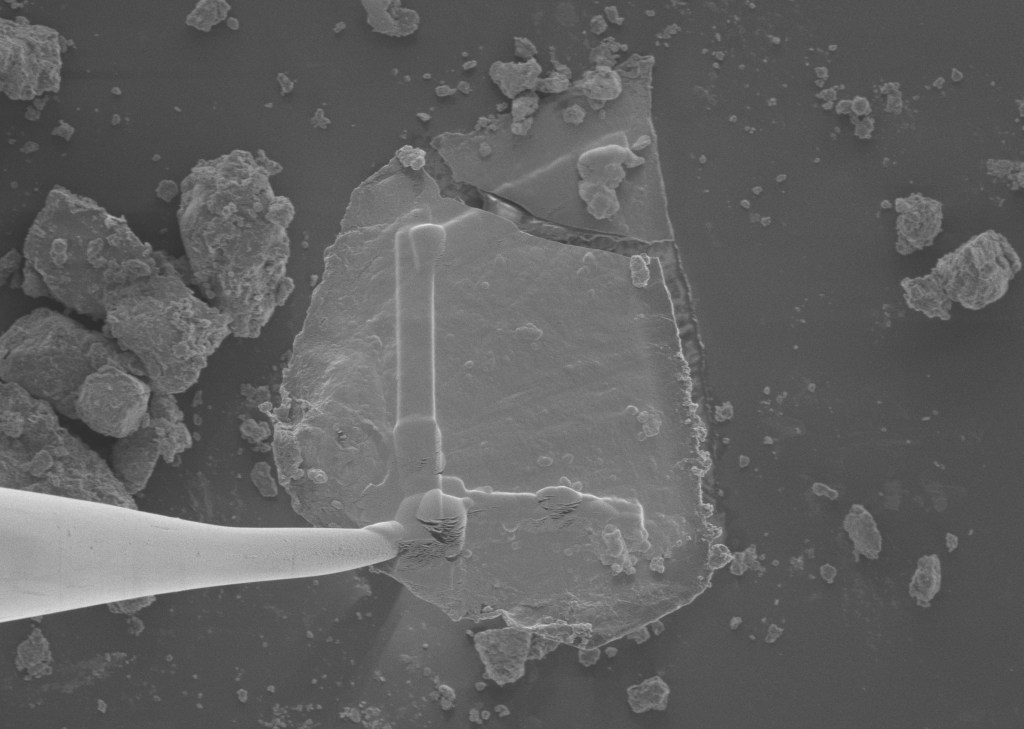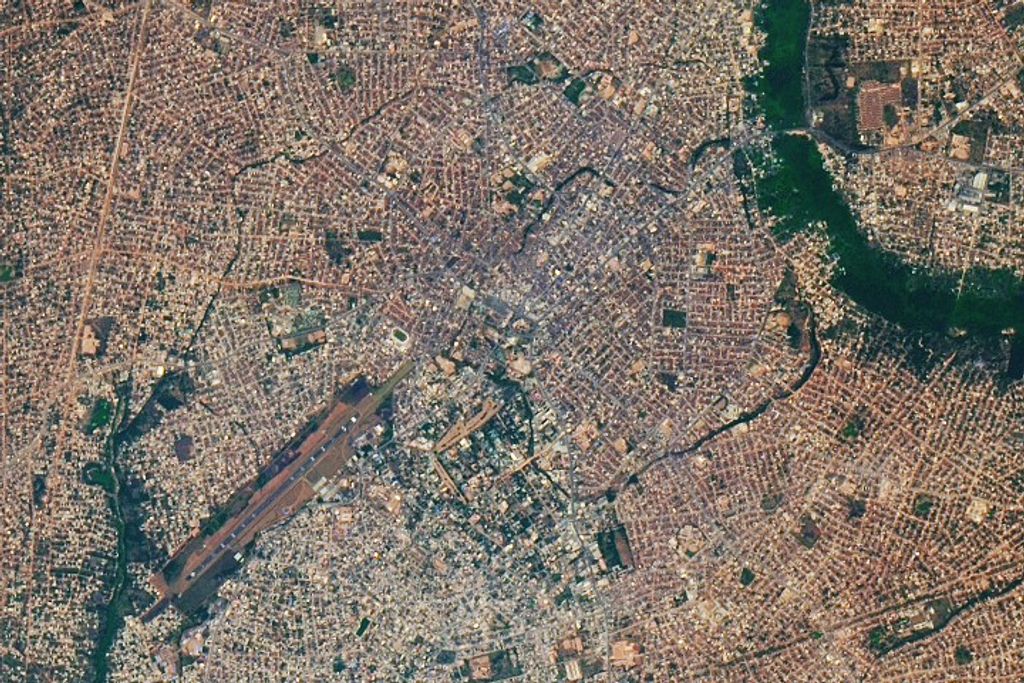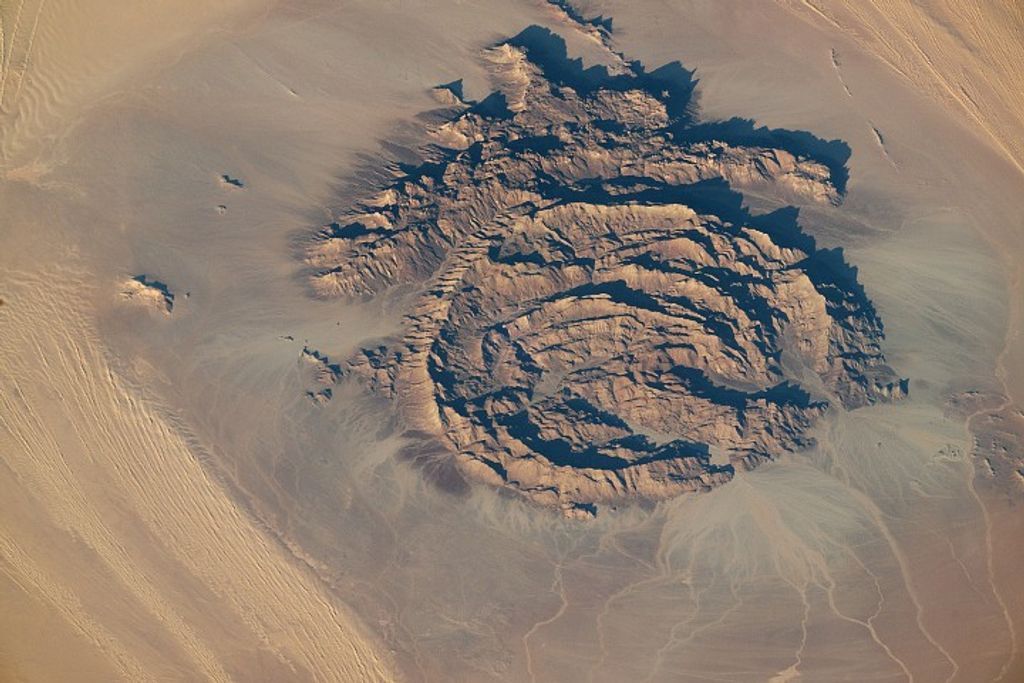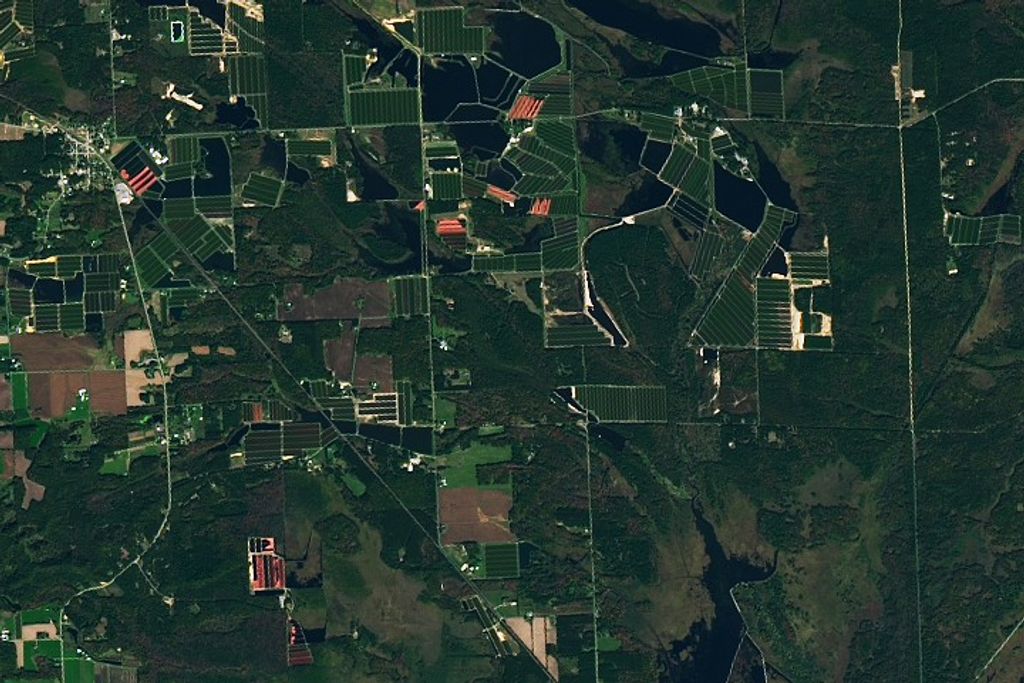1 min read
Europa Carbon Dioxide Distribution (NIRCam and NIRSpec IFU Image)

This graphic shows a map of Europa’s surface with NIRCam (Near Infrared Camera) on NASA’s James Webb Space Telescope in the first panel and compositional maps derived from Webb’s NIRSpec/IFU (Near Infrared Spectrograph’s Integral Field Unit) data in the following three panels. In the compositional maps, the white pixels correspond to carbon dioxide in the large-scale region of disrupted chaos terrain known as Tara Regio (center and right), with additional concentrations within portions of the chaos region Powys Regio (left). The second and third panels show evidence of crystalline carbon dioxide, while the fourth panel indicates a complexed and amorphous form of carbon dioxide.
Astronomers using Webb have found carbon on the chaos terrain of Tara Regio and Powys Regio. Surface ices in these regions have been disrupted, and there likely has been a relatively recent exchange of material between the subsurface ocean and the icy surface. Carbon, a universal building block for life as we know it, likely originated in Europa’s ocean. The discovery suggests a potentially habitable environment in the salty subsurface ocean of Europa.
The NIRSpec/IFU images appear pixelated because Europa is 10 x 10 pixels across in the detector’s field of view.
Extended Description and Image Alt Text
Extended Description
Four square panels are arranged left to right in a horizontal strip. Each image is labeled near the bottom of its panel.
The first panel features a blue-and-white sphere against a black background, somewhat reminiscent of the famous “Blue Marble” picture of Earth from space. With fuzzy, diffuse edges, this sphere has darker blue patches in most of the northern hemisphere facing the viewer. One, large, crescent-shaped, white patch extends along left side of the southern hemisphere facing the viewer, and a larger, blobby, white patch covers the mid latitudes of the right side of the southern hemisphere. Lighter blue regions border these white patches in the south. Below the image is the label with the words “Europa (NIRCam).”
Each of the second, third, and fourth panels shows a pixelated, roughly circular image composed of small, white, blue, or orange squares. The orange or blue squares appear in various shades from very light to very dark. Several squares are a mixture of both orange and blue. In all three of these panels, the small, blue squares appear exclusively on the periphery.
In the second panel’s image, there are no pure white squares. One of the lightest orange squares appears at the outer edge of the image, slightly below the 9 o’clock position. Several other very light orange squares reside at the interior, slightly below and to the right of the middle. The label below the image reads: “Crystalline CO2 ice at 2.7 microns.”
In the third panel’s image, there is one pure white square, and it appears at the outer edge of the image, slightly below the 9 o’clock position. Several very light orange squares reside at the interior, at and to the right of the middle. The label below the image reads: “Crystalline CO2 ice at 4.27 microns.”
In the fourth panel’s image, more blue squares appear to the upper right of the image than in the other two panels. Several pure white squares reside at the interior, slightly below and to the right of the middle. The label below the image reads: “Complex CO2 ice at 4.25 microns.”
Image Alt Text
Four square panels appear in a horizontal strip. The first features a blue-and-white sphere against a black background, reminiscent of the “Blue Marble” picture of Earth. With fuzzy edges, this sphere has darker blue patches in the northern hemisphere and two large white patches in the southern hemisphere. Below it is the label: “Europa (NIRCam).” Each of the second, third, and fourth panels has a pixelated, roughly circular image of small, white, blue, or orange squares. The orange or blue squares appear in various shades. Several squares are a mix of both orange and blue. In each of these panels, there are slight variations in the arrangement of the colored squares. In the second panel, the label below the image reads: “Crystalline C O 2 ice at 2.7 microns.” In the third panel, the label below the image reads: “Crystalline C O 2 ice at 4.27 microns.” In the fourth panel, the label below the image reads: “Complex C O 2 ice at 4.25 microns.” See the extended description for more details.
About the Data
- Data DescriptionData DescriptionProposal: A description of the observations, their scientific justification, and the links to the data available in the science archive.
Science Team: The astronomers who planned the observations and analyzed the data. "PI" refers to the Principal Investigator.This image was created with Webb data from proposal: 1250 (G. Villanueva)
- InstrumentInstrumentThe science instrument used to produce the data.NIRCam, NIRSpec
- Exposure DatesExposure DatesThe date(s) that the telescope made its observations and the total exposure time.9 Nov 2022, 23 Nov 2022
- FiltersFiltersThe camera filters that were used in the science observations.NIRCam> F070W, F140M, F212N, F250M, F335M, F460M NIRSpec> F100LP, F170LP, F290LP
- Object NameObject NameA name or catalog number that astronomers use to identify an astronomical object.Europa
- Object DescriptionObject DescriptionThe type of astronomical object.One of Jupiter's moons
- Release DateSeptember 21, 2023
- Science ReleaseNASA’s Webb Finds Carbon Source on Surface of Jupiter’s Moon Europa
- CreditNASA, ESA, CSA, Gerónimo Villanueva (NASA-GSFC), Samantha Trumbo (Cornell University); Image Processing: Gerónimo Villanueva (NASA-GSFC), Alyssa Pagan (STScI)

This image is a composite of separate exposures acquired by the James Webb Space Telescope using the NIRCam instrument. Several filters were used to sample specific wavelength ranges. The color results from assigning different hues (colors) to each monochromatic (grayscale) image associated with an individual filter. In this case, the assigned colors are: Blue: F070W+F140M, Green: F212N+F250M, Red: F335M+F460M
Related Images & Videos
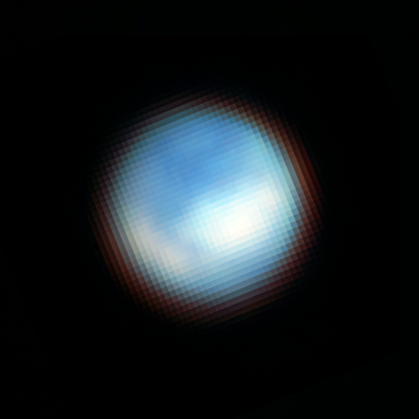
Europa (NIRCam Image)
NIRCam (the Near Infrared Camera) on NASA’s James Webb Space Telescope captured this picture of the surface of Jupiter’s moon Europa. Webb identified carbon dioxide on the icy surface of Europa that likely originated in the moon’s subsurface ocean. This discovery has important...
Share
Details
Laura Betz
NASA’s Goddard Space Flight Center
Greenbelt, Maryland
laura.e.betz@nasa.gov
NASA, ESA, CSA, Gerónimo Villanueva (NASA-GSFC), Samantha Trumbo (Cornell University)
Gerónimo Villanueva (NASA-GSFC), Alyssa Pagan (STScI)


